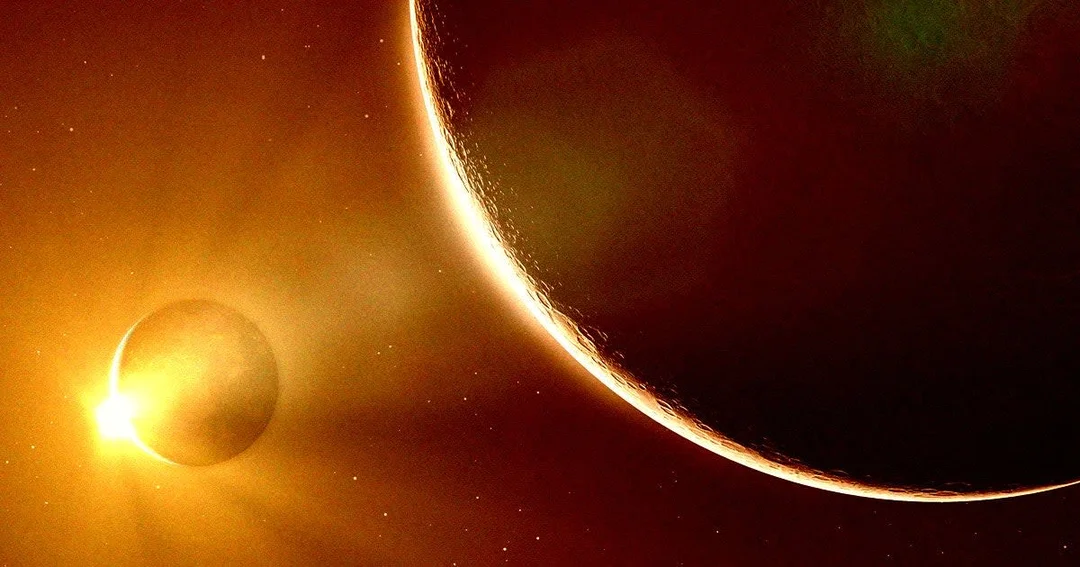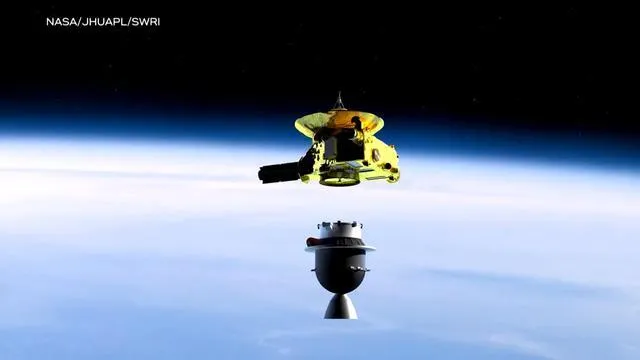
Dwarf Planet Discovery Challenges Planet Nine Theory: A New Mystery in the Outer Solar System
The search for the elusive Planet Nine, a hypothetical giant lurking at the edge of our solar system, has taken a surprising turn. Instead of finding definitive evidence for this hidden world, astronomers have stumbled upon a new dwarf planet candidate, 2017 OF201, that's shaking up existing theories about the outer solar system. Could this discovery rewrite our understanding of what lies beyond Neptune?
The newly discovered object, described in a preprint study by Sihao Cheng of New Jersey's Institute for Advanced Study and his colleagues, is estimated to be roughly 430 miles across, making it three times smaller than Pluto. However, this massive space object is large enough to be considered a dwarf planet. The Space news is exciting a lot of Astronomers across globe hoping to have a better understanding on our solar system.

A Lucky Find with a Peculiar Orbit
Reaching over 1,600 times the Earth-Sun distance (astronomical unit AU) at its aphelion, this odd and extreme space object orbits the sun every 25,000 years. That also makes it close enough to Earth to be observed around 0.5 percent of the time which equals a century; a rare opportunity to study the cosmic body that will only get smaller in sight over the coming years.
The discovery highlights the fact that there are many similar objects on similar orbits in the Kuiper Belt beyond Neptune, Cheng said. These celestial objects don't follow the clustered trends of other objects. This poses a great challenge to the Planet Nine theory as well.
Challenging the Planet Nine Hypothesis
For years, astronomers have been intrigued by the clustered orbits of icy rocks in the Kuiper Belt. This phenomenon led to the hypothesis of Planet Nine, a world up to 10 times larger than Earth, whose gravity could be influencing these orbits. However, the discovery of 2017 OF201, with its unusual orbit, throws a wrench into this theory.

According to Samantha Lawler of Canada's University of Regina, discoveries like this are increasingly weakening the arguments in favor of Planet Nine. While it's possible that 2017 OF201 and similar objects could be influencing the orbits of other trans-Neptunian objects, the mystery of the clustered orbits remains.
The Future of Discovery
Despite the challenges, astronomers remain hopeful. The upcoming Vera Rubin Observatory in Chile is expected to revolutionize our ability to observe the outer solar system and could finally provide definitive answers about the existence of Planet Nine. In the meantime, the discovery of 2017 OF201 serves as a reminder that our solar system still holds many secrets.
This latest discovery highlights the importance of open science, as the data used to identify and characterize 2017 OF201 was archival data, and is available to anyone. Cheng worked alongside colleagues Jiaxuan Li and Eritas Yang from Princeton University on the project.
What does this discovery mean for our understanding of the solar system's outer reaches? Could other dwarf planets be lurking undiscovered? Share your thoughts and theories in the comments below!
Related issues news
What is the new dwarf planet?
Astronomers have announced the discovery of a new dwarf planet in our solar system, named 2017 OF201. Located far beyond Neptune, it orbits the sun every 25,000 years.
Is there a new planet in our solar system?
A team of astronomers believe they may have discovered a new dwarf planetu2014just like Plutou2014on the edge of our solar system. The objectu2014which orbits out beyond Neptuneu2014has been named '2017 OF201' by the team, which was led by Sihao Cheng of the Institute for Advanced Study in Princeton, New Jersey.